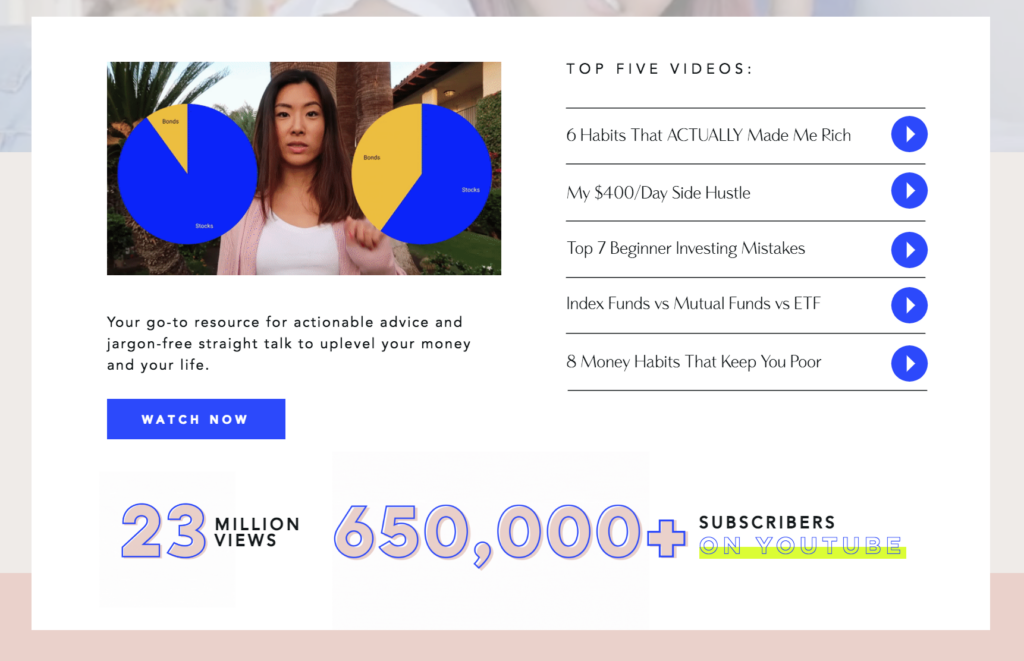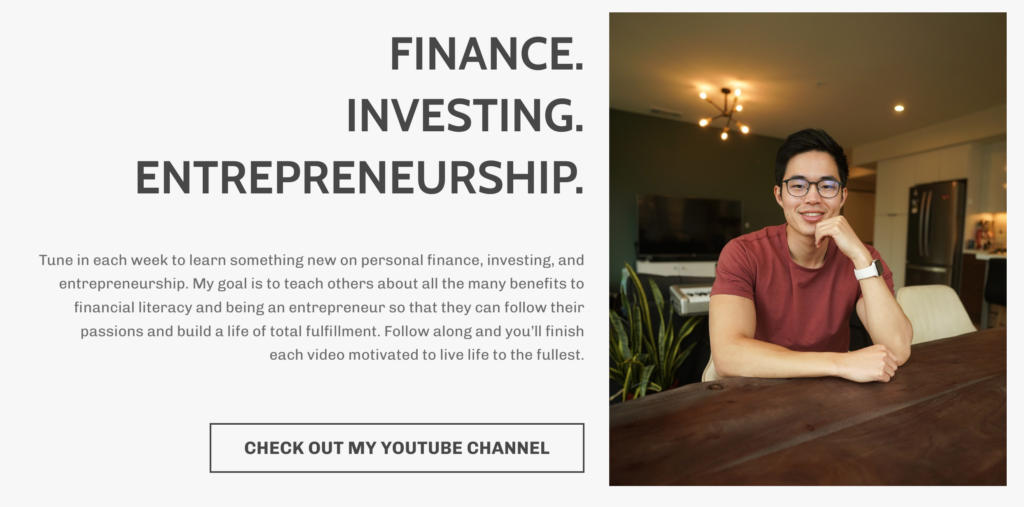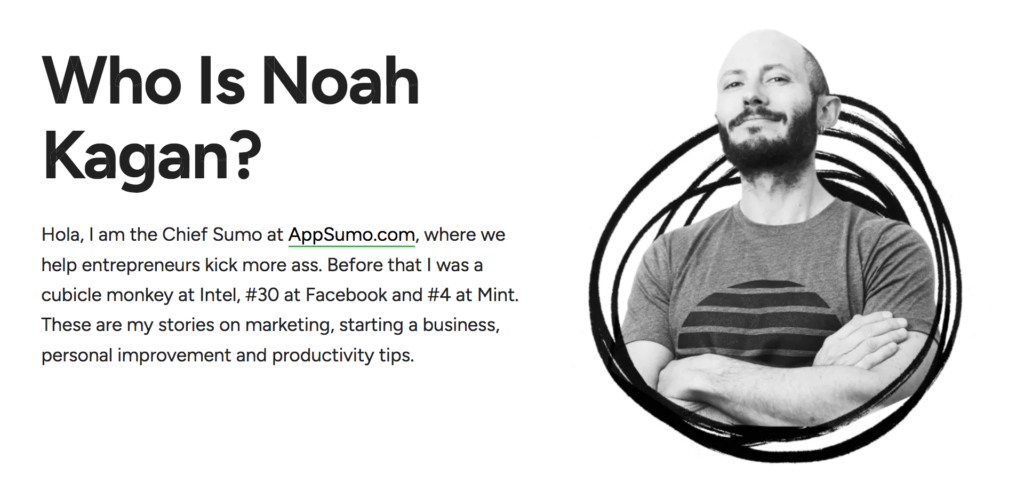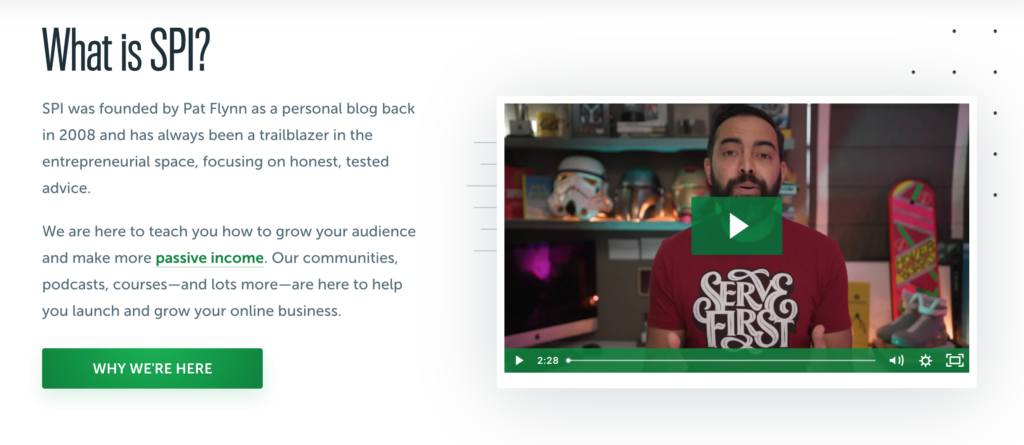AFFILIATE MARKETING
7 Passive Income Entrepreneurs That Are Profiting Right Now in 2023

Calling all hustlers and dreamers! If you’re wondering if it’s truly possible to make money while you sleep, the answer is a resounding “YES!”
In fact, there are a whole lot of savvy entrepreneurs who are doing it right now, and they’re killing it. Even better, once you set up a passive income stream, the sky’s often the limit to how much you can earn.
Do passive income streams appear overnight? No.
Do they often require a lot of upfront work, and the benefits are reaped later? Absolutely.
So, who’s doing it best?
Let’s dive headfirst into the lives of 7 entrepreneurs who have mastered the art of generating passive income.
Keep reading for the smart, strategic, and surprising ways they’ve turned their side hustles and businesses into moneymaking machines.
1. Greg Gottfried
This online entrepreneur has built a portfolio of businesses that are bringing in up to $160k per month, which is over a million dollars per year.

Greg earns this money through five different income streams.
His first gig is a high-yield savings account, so the interest he earns is a passive income stream. This is a common theme among online entrepreneurs.
His second gig is a print-on-demand t-shirt business using Redbubble, Amazon Merch on Demand, and Teepublic. He uses the same designs across all platforms and earns a commission every time a t-shirt with his design is sold.
His third income stream is affiliate marketing. By promoting companies’ products on his websites and social media, he earns a commission every time he makes a sale through his referral link.
His fourth income stream is online courses on two platforms, Udemy and Skillshare, and his fifth stream is his YouTube channel, where he earns ad revenue.
What happened when he took two years completely off work to let his businesses run themselves?
He earned over $700k in the first year and over $800k in the second year…
2. Ali Abdaal
Ali is also killing it online, taking home over $27k per week. In 2022, he earned over $4 million.


He has carefully developed multiple passive income streams, though his biggest is YouTube, the platform where he rose to fame over the last 6 years.
He earns passive income through YouTube AdSense, Amazon Associates, and other affiliate programs, YouTube sponsorships, podcast AdSense and brand deals, his email newsletter, Instagram and TikTok, merch, digital products like website themes, classes on Skillshare, self-hosted courses, and cohort courses.
3. Matt Parr
Matt has been building up his portfolio for a decade, and today, he’s earning up to $37k per week in passive income and 7 figures a year.


He created his first YouTube channel when he was 14 years old. Two years later he reached his first million views, and a year later he had 100k subscribers.
In 2018, he started outsourcing the content and scaling the business. As of 2019, he runs more than 12 different YouTube channels, earns up to $37k per week, and works less than 3 hours a day.
His channels range in niche from animation to top ten lists.
Today, he has branched out to teaching and offers courses on YouTube monetization and faceless YouTube automation.
4. Rose Han
Rose is a passive income entrepreneur, bringing in $60k each month. She did this by building up several income streams over the course of 2 years.


She earns a portion of her money from a combination of dividends, options trading, interest from a high-interest savings account, and property rentals.
As for her online strategies, she’s earning from YouTube, Amazon Affiliates, and other affiliate marketing programs, and the online courses she created.
5. Charlie Chang
Charlie is earning over $120k per month from his multiple passive income streams.


Although some of his income comes from the real estate brokerage that he created, his side hustle as a mortgage loan originator, and stocks and crypto, he has other projects that anyone can start.
He entered the eCommerce game by creating and selling products through Amazon FBA. He currently has six products created in China and shipped directly to Amazon’s warehouses.
His three YouTube channels bring in passive income in two ways: affiliate marketing and YouTube AdSense.
Charlie also has brand deals and sponsorships on his YouTube channel, TikTok, and Instagram, meaning that companies pay him a flat fee to promote their products.
He recommends online education as a way to monetize your skills, just like he does with his course on how to succeed on YouTube, which is a growing moneymaker.
6. Noah Kagan
Noah Kagan is a serial entrepreneur earning 8 figures a year.


If he stopped working tomorrow, he would still earn over $350k a month.
But how?
Like other entrepreneurs, Noah has multiple passive income streams working behind the scenes to bring him a big fat check at the end of the month.
While some of those are related to AirBnB and crypto, he also has more accessible streams.
They include his monetized YouTube channel and his digital products. In particular, he’s earning passive income from two products he created 8 years ago: a Kindle book and a “How to Make Money” course.
He also earns from his blog and email list, but his biggest earner?
Developing his own software products.
His products, such as SendFox, are earning him $230k per month. As Noah says, once you build the software, it doesn’t cost you any more to issue it to more people, which makes it a low-maintenance stream of income with a lot of potential for profit.
Noah also built an $80k per month business called AppSumo.
Although there’s a ton of work upfront that goes into building a business, he has been able to be hands-off for years, letting other people run it and cashing in at the end of the month.
7. Pat Flynn
Of course, no list of online entrepreneurs earning passive income would be complete without the OG: Pat Flynn.


Pat originally lost his job back in 2008, which led to his entry into the world of online business. He started out by creating a website to help him prepare for an exam. When traffic to that website exploded, he realized he was on to something.
Fifteen years later, Pat has built an empire that includes his website and podcast, Smart Passive Income, which has become a go-to resource for people looking to follow in his footsteps.
Over the years he has built countless income streams that make money while he sleeps, including YouTube channels, courses, niche sites, affiliate marketing, software and app development, sponsorships, and everything in between.
His estimated annual earnings are more than $13 million.
Start Your Business Today
So, what’s the takeaway?
Anyone ready to hustle can set up a passive income stream or multiple ones!
Whether you’re thinking about creating e-books, an eCommerce store, a dropshipping business, or a YouTube channel, the possibilities—and earning potential—really are endless.
Then, you make your income streams passive. At the end of the day, it’s not about working harder; it’s about working smarter.
The sooner you get started, the sooner you can reap the rewards.










